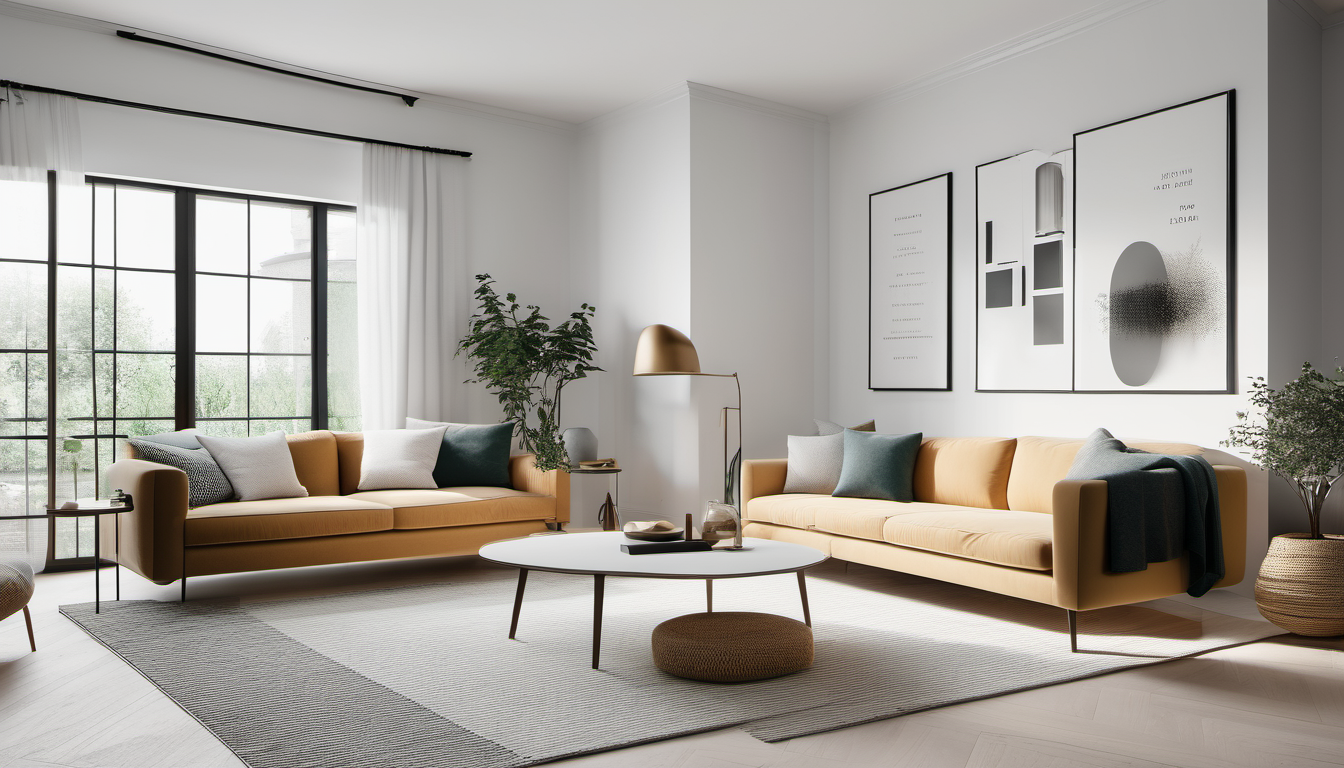Welcome to “Finding Balance: Incorporating Minimalism in a Personalized Way.” In a world filled with constant distractions and overwhelming possessions, many of us are seeking a simpler and more intentional lifestyle. This is where minimalism comes in.
Incorporating Minimalism in a Personalized Way
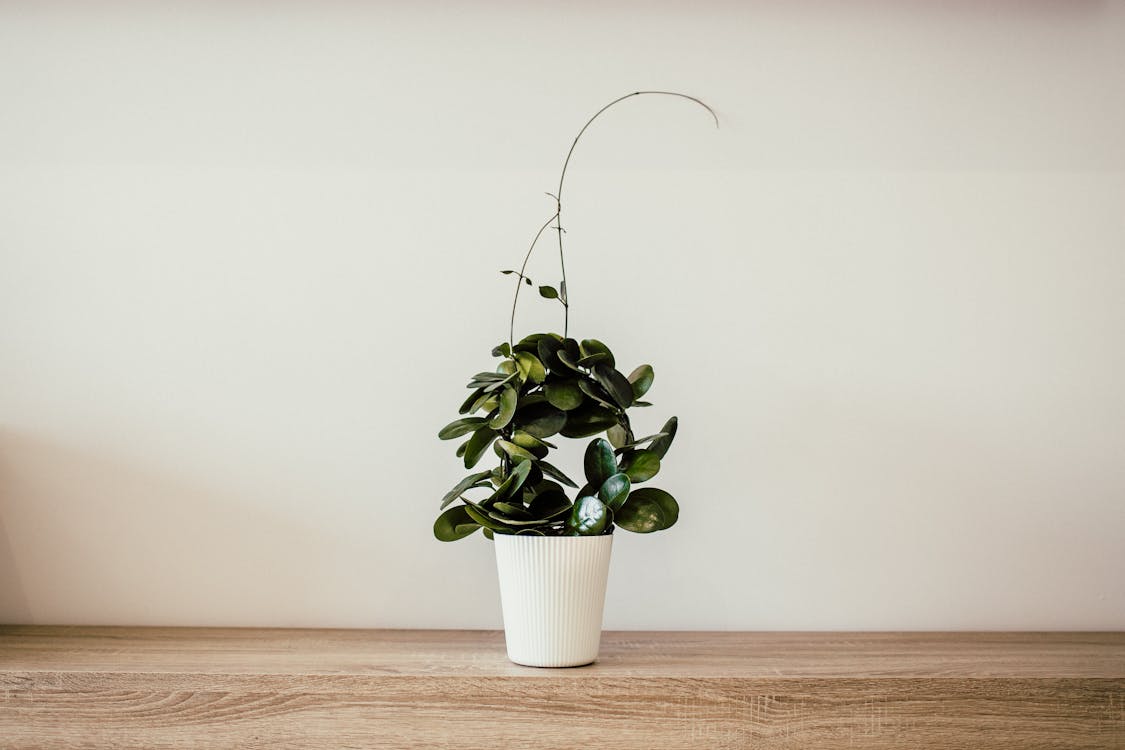
Minimalism is not about depriving yourself or living in an austere environment. Instead, it’s a mindset and a set of practices that focus on prioritizing what truly matters, reducing clutter, and creating space for what brings you joy and fulfillment. It’s about finding balance in a busy world and living a more intentional life.
In this article, we will explore the concept of minimalism and its benefits, as well as provide practical tips on how to incorporate it into your living space, wardrobe, digital life, consumption habits, and more. We will also discuss how minimalism can positively impact your mental well-being and offer guidance on personalizing minimalism for sustainable habits.
So, if you’re ready to embark on a journey towards a simpler and more fulfilling life, keep reading to discover how minimalism can help you find balance and make room for what truly matters. Let’s dive in!
Understanding Minimalism

Defining Minimalism
At its core, minimalism is a lifestyle that focuses on simplifying and decluttering all aspects of life. It is about living with intention, purpose, and only having what you truly need. Minimalism is not just about getting rid of physical possessions, but also about embracing a mindset that values experiences, relationships, and personal growth over material possessions.
Different Approaches to Minimalism
There is no one-size-fits-all approach to minimalism. It can be adapted to suit your individual preferences and needs. Some common approaches to minimalism include:
- Essentialist Minimalism: This approach focuses on identifying and keeping only the essential items that add value to your life.
- Lifestyle Minimalism: Lifestyle minimalism emphasizes simplifying all areas of life, including physical possessions, relationships, and commitments.
- Digital Minimalism: Digital minimalism involves reducing digital clutter, such as excessive screen time, unnecessary apps, and social media accounts.
- Eco-Minimalism: Eco-minimalism combines minimalism with sustainable living practices, aiming to reduce waste and minimize environmental impact.
Each approach offers a unique perspective on minimalism, and you can choose the one that resonates with you the most. Remember, minimalism is a personal journey, and it’s all about finding what works best for you.
“Minimalism is not about owning nothing; it’s about intentionally owning only what adds value to your life.” – Unknown
Benefits of Minimalism
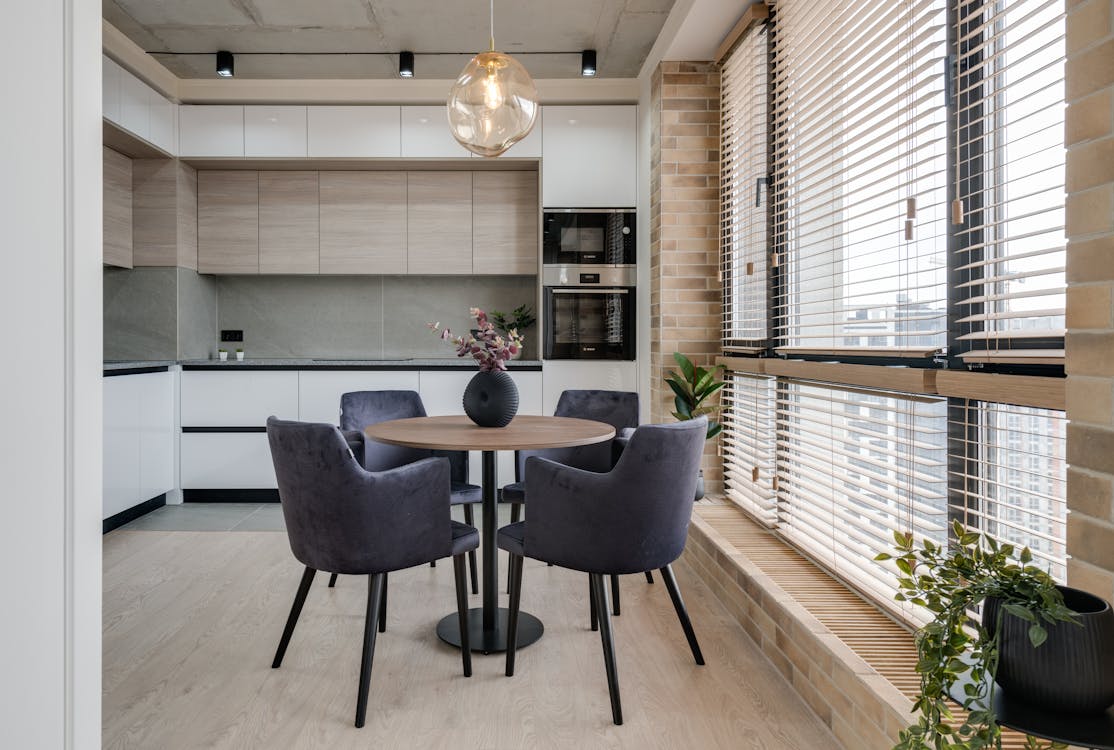
Minimalism is not just a design trend or a way to declutter your physical space – it’s a lifestyle that offers a multitude of benefits. Embracing minimalism can have a positive impact on various aspects of your life, including reducing stress, improving focus, and even saving money. Let’s explore some of the key benefits of minimalism:
1. Reducing Clutter and Simplifying Life
- Minimalism encourages you to let go of excess possessions and keep only what truly adds value to your life. This leads to a decluttered living space and a simplified daily routine.
- Eliminating unnecessary clutter can create a sense of calm and serenity in your home, making it easier to relax and enjoy your living space.
- When you have fewer things to manage and take care of, you can save time and energy, allowing you to focus on the things that truly matter.
2. Improved Focus and Productivity
- A cluttered environment can be distracting and make it difficult to concentrate. By reducing visual distractions, minimalism can help improve your focus and productivity.
- With fewer possessions to maintain and worry about, you can spend more time and energy on activities that align with your goals and values.
- Minimalism promotes intentional living, which means being mindful of how you spend your time and energy. This can lead to increased productivity and a greater sense of fulfillment.
3. Saving Money and Reducing Environmental Impact
- Embracing minimalism often involves being more conscious of your purchasing habits and avoiding unnecessary expenses. By prioritizing quality over quantity and making intentional buying decisions, you can save money in the long run.
- Minimalism encourages the practice of using and repurposing what you already have instead of constantly buying new things. This reduces waste and contributes to a more sustainable lifestyle.
- By consuming less and reducing your environmental footprint, you can contribute to the preservation of our planet for future generations.
Incorporating minimalism in your life can have profound effects on your well-being, both physically and mentally. By simplifying your surroundings and your mindset, you can experience greater clarity, contentment, and a renewed sense of purpose.
So, why not give minimalism a try and discover the benefits it can bring to your life? Start small, declutter a single area of your home, and see how it makes you feel. Remember, minimalism is not about perfection or deprivation; it’s about finding a balance that works for you and brings you joy.
Incorporating Minimalism in Your Living Space
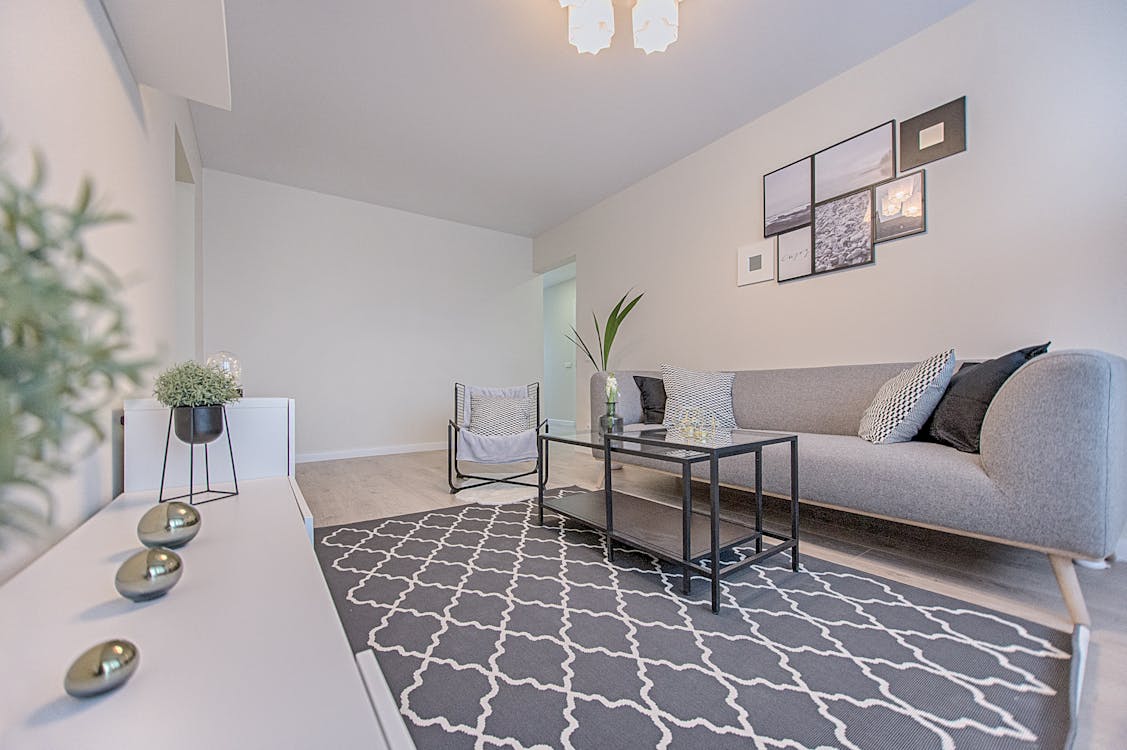
Welcome to the section on incorporating minimalism in your living space! Your home is your sanctuary, your place of relaxation and rejuvenation. By embracing minimalism in your living space, you can create a clutter-free and peaceful environment that promotes a sense of calmness and tranquility. In this section, we will explore practical tips and ideas for decluttering, organizing, and creating a functional and streamlined layout in your home.
Decluttering and Organizing
Decluttering is a fundamental aspect of minimalism. It involves getting rid of unnecessary items and keeping only the things that truly bring value to your life. Here are some tips to help you declutter and organize your living space:
- Start small: Begin by tackling one area at a time, such as a closet or a drawer. This will prevent you from feeling overwhelmed and make the process more manageable.
- Sort and categorize: Divide your belongings into categories, such as clothing, books, and kitchenware. This will help you see what you have and make decisions about what to keep or let go of.
- Use the “one in, one out” rule: For each new item you bring into your home, let go of one existing item. This will prevent future clutter from accumulating.
Creating Functional and Streamlined Layouts
A key principle of minimalism is to create a functional and streamlined layout in your home. Here are some ideas to help you achieve this:
- Maximize space: Make the most of every inch of your living space by utilizing vertical storage solutions, such as wall-mounted shelves or hanging organizers.
- Keep surfaces clear: Avoid cluttering countertops and tables with unnecessary items. Instead, opt for minimalist decor pieces that add visual interest without overwhelming the space.
- Opt for multipurpose furniture: Choose furniture that serves multiple functions, such as a coffee table with built-in storage or a sofa that can be converted into a guest bed. This will help you save space and reduce the need for additional furniture.
Choosing Quality over Quantity in Home Furnishings and Decor
Incorporating minimalism in your living space also means prioritizing quality over quantity when it comes to home furnishings and decor. Here’s why quality matters:
- Longevity: Investing in high-quality furniture and decor items means they are more likely to last longer, reducing the need for frequent replacements.
- Timeless style: Opting for classic and timeless design choices ensures that your living space will remain visually appealing and relevant for years to come.
- Sustainable choices: By choosing well-made, durable products, you contribute to reducing waste and the overall environmental impact of your consumption.
Remember, minimalism is not about depriving yourself of the things you love. Instead, it’s about being intentional with what you bring into your living space and creating an environment that truly reflects your values and enhances your well-being.
“Minimalism is about creating a space that brings you joy and allows you to thrive.”
Minimalist Wardrobe and Personal Style
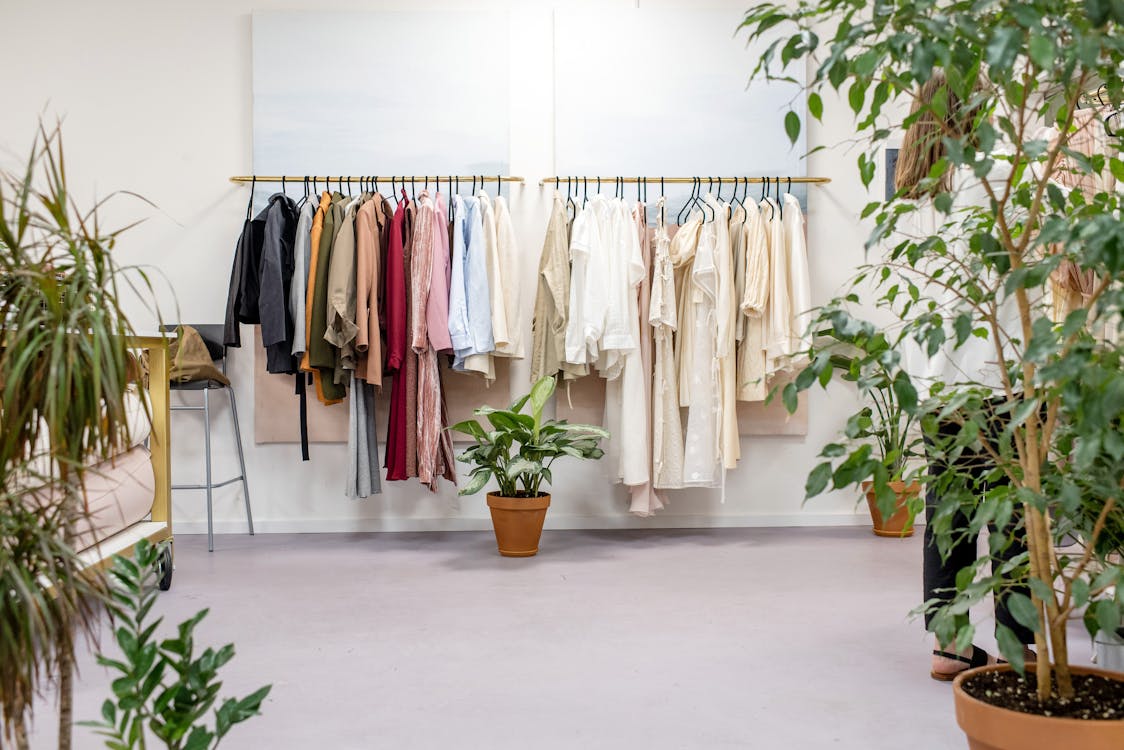
Welcome to the section on minimalist wardrobe and personal style! In this section, we will explore how you can embrace minimalism in your clothing choices and create a wardrobe that is both functional and stylish. Let’s dive in!
Capsule Wardrobe Essentials
- A capsule wardrobe is a collection of versatile, high-quality pieces that can be mixed and matched to create a variety of outfits.
- The idea behind a capsule wardrobe is to have a smaller collection of clothing that you love and wear frequently, instead of a closet full of items that rarely see the light of day.
- Here are some essential items that you can include in your minimalist wardrobe:
- Neutral-colored tops and bottoms: Opt for timeless pieces in neutral colors such as black, white, gray, or navy. These colors can be easily mixed and matched to create different outfits.
- Classic dresses and suits: Invest in a few well-fitted dresses and suits that can be dressed up or down for various occasions.
- Quality footwear: Choose a few pairs of comfortable, stylish shoes that can be worn with multiple outfits.
- Versatile outerwear: Invest in a quality coat or jacket that can be worn in different seasons and matches well with your wardrobe.
- Accessories: Keep your accessories simple and minimal. A few quality pieces such as a classic watch, a versatile handbag, and some statement jewelry can elevate your outfits without cluttering your space.
Quality vs. Quantity in Clothing
- When practicing minimalism, it’s important to prioritize quality over quantity in your clothing choices.
- Instead of buying multiple cheaply made items, invest in a few well-made pieces that will last longer and withstand regular wear and tear.
- High-quality clothing:
- Is made from better materials that have a longer lifespan.
- Fits better and flatters your body shape.
- Looks and feels more luxurious, boosting your confidence.
- By choosing quality clothing, you reduce the need for constant replacements, which saves you money in the long run.
Mixing and Matching for Versatility
- One of the key elements of a minimalist wardrobe is the ability to mix and match your clothing to create various outfits.
- When selecting items for your wardrobe, consider how well they will coordinate with each other. This allows you to create different looks using the same pieces.
- Here are some tips for maximizing versatility:
- Stick to a cohesive color palette. This makes it easier to mix and match your clothes.
- Choose timeless styles that won’t go out of fashion quickly.
- Invest in basic pieces that can be dressed up or down with the right accessories.
- Layer your clothing for different seasons and looks.
Incorporating minimalism in your wardrobe can help you simplify your daily choices and feel more confident in your personal style. Remember, it’s not about sacrificing your individuality, but about curating a collection of clothing that brings you joy and represents your unique taste. So, declutter your closet, choose quality over quantity, and enjoy the freedom that comes with a minimalist wardrobe!
Also read; Minimalist Living: A Guide for First-time Homeowners in 2023
Simplifying Digital Life

In the age of technology and constant connectivity, our digital lives can become overwhelming. From overflowing inboxes to an array of social media accounts, it’s easy to feel bogged down by the digital clutter. Luckily, minimalism can also be applied to our digital spaces, allowing us to simplify and streamline our online existence. By adopting minimalist principles, we can declutter our digital lives and create a more peaceful and focused online experience.
Organizing Digital Files and Email
One of the first steps in simplifying our digital lives is organizing our digital files and email. Here are some tips to help you get started:
- Create folders and subfolders to categorize your files. Organize them based on projects, clients, or topics to make it easier to find what you need.
- Regularly delete files and emails that are no longer necessary. Keeping your digital space clutter-free will make it easier to focus on what’s important.
- Utilize cloud storage services like Google Drive or Dropbox to store and access your files from any device. This eliminates the need for physical storage and allows you to free up space on your computer.
Deactivating Unnecessary Social Media Accounts
Social media can be a major source of digital clutter. We often find ourselves mindlessly scrolling through multiple accounts, feeling overwhelmed by the constant influx of information. Consider these steps to simplify your social media presence:
- Evaluate your social media accounts. Determine which platforms are truly serving you and bringing value to your life, and consider deactivating or deleting the rest.
- Unfollow accounts that don’t inspire or add value to your life. Focus on following accounts that align with your interests and goals.
- Set boundaries for your social media usage. Limit the time you spend on social media each day to prevent it from becoming a distraction.
Reducing Screen Time
While technology has undoubtedly improved our lives in many ways, it has also contributed to our increasing screen time. Excessive screen time can lead to decreased productivity and a sense of detachment from the real world. Here are some strategies to reduce your screen time:
- Set limits for your screen time. Use apps and features on your phone, such as screen time trackers and app timers, to monitor and limit your usage.
- Designate technology-free zones or times. For example, you can establish a “no-phone zone” in your bedroom or allocate a specific time each day to be technology-free.
- Engage in offline activities that bring you joy and fulfillment. Whether it’s reading a book, going for a walk, or spending time with loved ones, find activities that allow you to unplug and recharge.
By implementing these strategies, you can simplify your digital life, reduce distractions, and create a more mindful and intentional online experience. Remember, minimalism isn’t about completely eliminating technology but rather about using it in a way that enhances your life rather than hinders it. So, take control of your digital space, declutter your online presence, and find balance in the digital world.
Mindful Consumption and Minimalist Budgeting
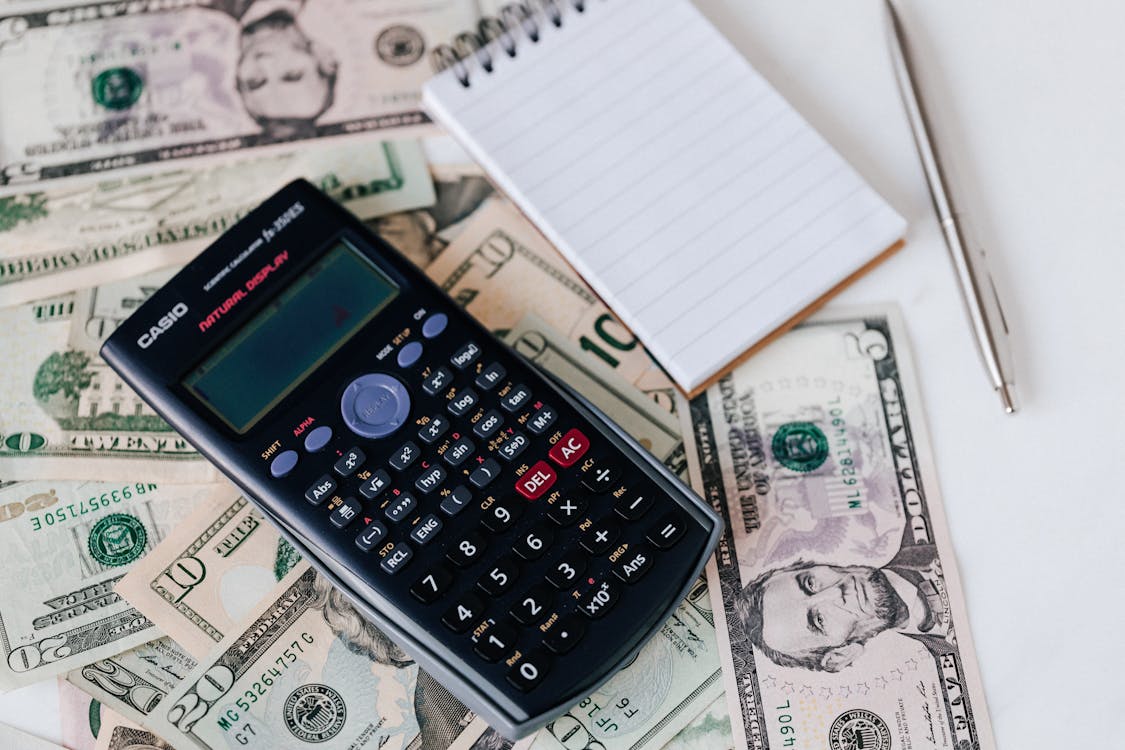
Being mindful of your consumption habits and adopting minimalist budgeting practices can have a profound impact on your financial well-being and overall satisfaction with life. By focusing on intentional and thoughtful purchasing decisions, you can not only save money but also reduce your environmental footprint and enhance your overall sense of fulfillment. Here are some key strategies for incorporating mindful consumption and minimalist budgeting into your lifestyle:
Being Intentional with Purchases
When it comes to shopping, the key is to prioritize quality over quantity. Instead of mindlessly buying items on impulse, take the time to consider whether the purchase aligns with your values and serves a genuine need. Ask yourself questions such as:
- Is this item essential or just a passing desire?
- Will it bring long-term value and utility to my life?
- Can I find a more sustainable and ethically produced alternative?
By adopting a more intentional approach to your purchases, you can save money by avoiding unnecessary expenditures and minimize the clutter in your life.
Avoiding Impulse Buying
Impulse buying is a habit that many people struggle with. To avoid falling into this trap, consider implementing the following strategies:
- Create a shopping list: Before heading out to the store, make a list of the items you actually need. Stick to your list and avoid browsing aimlessly.
- Practice the 24-hour rule: When you feel the urge to buy something on a whim, give yourself 24 hours to think it over. Often, you’ll find that the desire fades, and you’ll be glad you didn’t make an impulsive purchase.
- Unsubscribe from retailer emails and newsletters: Constant marketing messages can tempt you into buying things you don’t really need. Remove the temptation by unsubscribing from promotional emails.
Prioritizing Experiences over Material Possessions
Instead of focusing on accumulating material possessions, shift your mindset towards valuing and prioritizing experiences. Studies have shown that spending money on experiences, such as traveling, concerts, or spending time with loved ones, leads to longer-lasting happiness compared to material purchases.
By redirecting your spending towards experiences rather than things, you can cultivate a more meaningful and fulfilling life while avoiding the trap of consumerism.
“The things you own end up owning you.” – Tyler Durden
By embracing the principles of mindful consumption and minimalist budgeting, you can make more conscious choices about how you spend your money and lead a more intentional and fulfilling life. Remember, it’s not about depriving yourself but about finding joy and satisfaction in the things that truly matter. So start today, and embrace the freedom and contentment that comes with living a minimalist lifestyle.
Minimalism and Mental Well-being
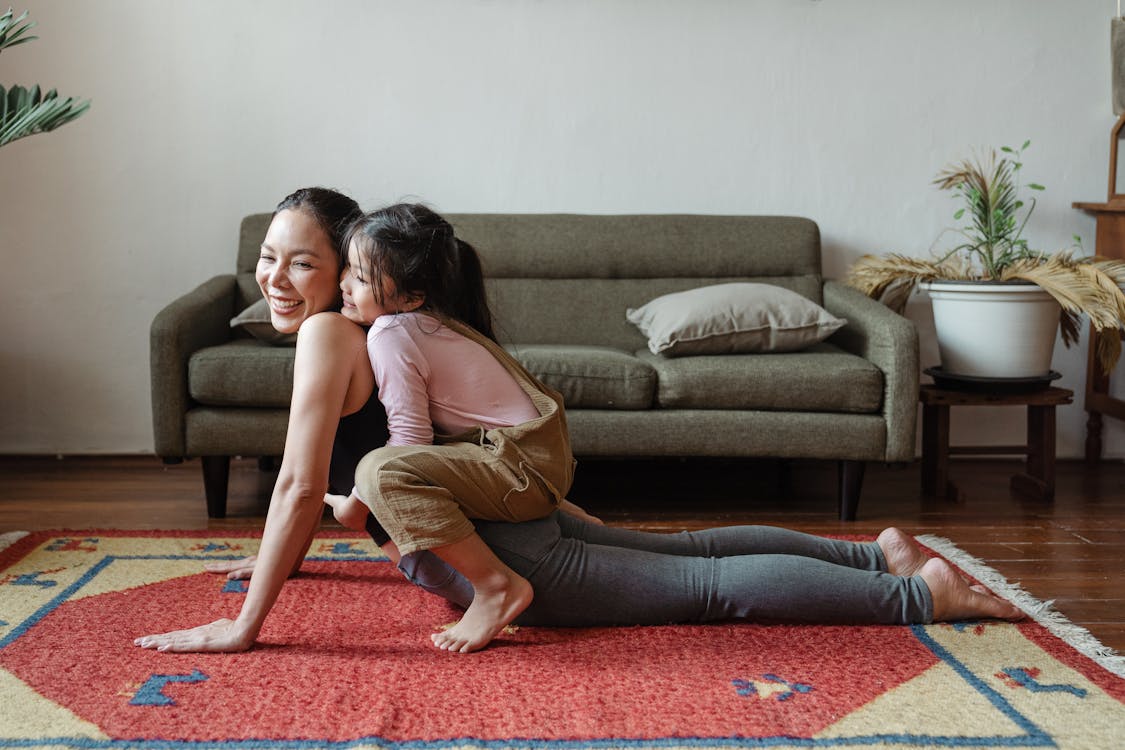
In today’s fast-paced and cluttered world, finding peace and serenity can sometimes feel like an elusive goal. Fortunately, minimalism offers a solution by promoting a simpler and more intentional way of living. Minimalism not only helps to declutter our physical space but also has a profound impact on our mental well-being. In this section, we will explore how minimalism can benefit our mental health and overall well-being.
Reducing Stress and Anxiety
One of the key benefits of minimalism is its ability to reduce stress and anxiety. A cluttered living space can lead to feelings of overwhelm and make it difficult to relax and unwind. By embracing minimalism and decluttering our surroundings, we create a calm and peaceful environment that promotes relaxation and reduces stress.
Cultivating Mindfulness and Gratitude
Minimalism encourages us to be more mindful of the things we own and to surround ourselves with items that truly bring us joy and value. This practice of being intentional about what we keep in our lives cultivates a sense of gratitude and appreciation for the things we do have. By focusing on what truly matters to us, we are able to find contentment and joy in the present moment.
Fostering Creativity and Focus
A clutter-free environment provides a blank canvas for creativity to thrive. When our physical space is organized and streamlined, our minds are free to explore new ideas and think more creatively. Minimalism also helps to eliminate distractions, allowing us to focus on what is truly important to us and devote our energy to meaningful pursuits.
As we can see, incorporating minimalism into our lives can have a significant impact on our mental well-being. By reducing stress and anxiety, cultivating mindfulness and gratitude, and fostering creativity and focus, minimalism helps us create a more intentional and fulfilling life.
“Minimalism is the intentional promotion of the things we most value and the removal of everything that distracts us from it.” – Joshua Becker
In the next section, we will explore how to personalize minimalism to create sustainable habits that align with our individual needs and values.
Personalizing Minimalism for Sustainable Habits

Finding Your Own Balance
Minimalism is not a one-size-fits-all concept. It’s about finding a balance that works for you and your lifestyle. While some people may embrace extreme minimalism with only a handful of possessions, others may incorporate minimalist principles in a more personalized way. Here are some tips for personalizing minimalism and adopting sustainable habits:
- Assess your needs: Take a step back and evaluate what you truly need in your life. Consider your daily activities, hobbies, and personal preferences. This will help you determine what is essential and what can be eliminated or minimized.
- Declutter mindfully: Clearing out unnecessary items is a crucial step in minimalism, but it’s important to do it mindfully. Instead of rushing through the process, take your time to sort through your belongings and decide what adds value to your life. Ask yourself if each item serves a purpose or brings you joy.
- Curate your space: Once you have decluttered, it’s time to create a functional and streamlined layout in your living space. Arrange furniture and accessories in a way that maximizes space and promotes a sense of calm. Consider using storage solutions to keep things organized and out of sight.
Finding Joy in Simple Things
One of the core principles of minimalism is finding joy in simplicity. By focusing on the things that truly matter to you, you can create a more meaningful and fulfilling life. Here are some ways you can embrace minimalism and find joy in simple things:
- Practice gratitude: Take time each day to appreciate the things you already have. Cultivating a sense of gratitude can shift your mindset and help you find contentment in the present moment.
- Embrace experiences over possessions: Instead of accumulating more stuff, prioritize experiences and create lasting memories. Invest in activities that bring you joy and fulfillment, such as traveling, volunteering, or spending quality time with loved ones.
- Make room for creativity: Minimalism can open up space for creativity and self-expression. Clearing away physical and mental clutter allows you to focus on the things that truly inspire you. Explore new hobbies, pursue artistic endeavors, or simply take time to reflect and think creatively.
Building Sustainable Habits for Long-Term Success
Minimalism and sustainability go hand in hand. Adopting a minimalist lifestyle can help reduce waste, conserve resources, and promote a more eco-friendly way of living. Here’s how you can build sustainable habits as you personalize your minimalism journey:
- Conscious consumption: Be mindful of what you bring into your life. Before making a purchase, ask yourself if it aligns with your values and if it’s something you truly need. Consider buying second-hand, supporting local businesses, or opting for eco-friendly products.
- Reduce, reuse, recycle: Embrace the three pillars of sustainability in your daily life. Aim to reduce waste by opting for reusable items, such as a water bottle or cloth shopping bags. Prioritize recycling and composting to minimize the amount of waste that ends up in landfills.
- Support ethical brands: When making a purchase, choose brands that prioritize ethical and sustainable practices. Look for certifications like Fair Trade or B Corp, which ensure that products are produced in an ethical and environmentally responsible manner.
By personalizing minimalism and incorporating sustainable habits, you can create a lifestyle that aligns with your values and promotes both personal well-being and environmental consciousness. Remember, minimalism is not about deprivation or perfection, but rather about finding balance and living intentionally. So take the time to reflect, make conscious choices, and enjoy the benefits of a simpler, more sustainable life.
Also read; Minimalist Bedroom: Creating a Tranquil and Minimalist Haven in 2023
Conclusion
Incorporating minimalism into your life can have a profound impact on your overall well-being. By reducing clutter, focusing on quality over quantity, and embracing a simpler way of living, you can create a calm and inspiring environment that reflects your personal style. Minimalism is not about deprivation or strict rules, but rather about finding balance and living intentionally.
By adopting a minimalist mindset, you can experience the following benefits:
- Reduced stress and anxiety: With fewer possessions and a clutter-free space, you can enjoy a sense of calm and clarity in your everyday life.
- Improved focus and productivity: By streamlining your environment, you eliminate distractions and create a space that promotes concentration and productivity.
- Saving money and reducing environmental impact: By consciously evaluating your purchases and investing in high-quality items, you can save money in the long run and reduce waste.
To incorporate minimalism into your living space, consider the following tips:
- Declutter and organize: Start by decluttering your space and letting go of items that no longer serve a purpose or bring you joy. Focus on organizing your belongings in a way that is functional and aesthetically pleasing.
- Create functional layouts: Design your living space with a focus on functionality and simplicity. Choose furniture and decor that serve a purpose and have a clean-lined aesthetic.
- Choose quality over quantity: Instead of filling your home with unnecessary items, invest in high-quality furniture and decor that will stand the test of time.
Minimalism can also extend to your wardrobe and personal style:
- Capsule wardrobe essentials: Build a versatile wardrobe with a few key pieces that can be mixed and matched for various outfit combinations.
- Embrace quality over quantity: Invest in well-made clothing that will last longer and avoid falling into the trap of fast fashion.
- Mix and match for versatility: Layer and accessorize your outfits to create different looks without needing a vast wardrobe.
In the digital world, minimalism can be applied to simplify your life:
- Organize digital files and email: Create folders and labels to keep your digital files and email organized and easily accessible.
- Deactivate unnecessary social media accounts: Reduce digital clutter by evaluating which social media platforms are truly essential for your personal or professional life.
- Reduce screen time: Set boundaries and prioritize offline activities to foster a healthier balance between the virtual and physical worlds.
When it comes to consumption and budgeting, minimalism encourages intentional choices:
- Be intentional with purchases: Consider the value and purpose of an item before making a purchase. Focus on buying only what truly adds value to your life.
- Avoid impulse buying: Resist the urge to make impulsive purchases and instead practice mindful consideration before adding something to your life.
- Prioritize experiences over material possessions: Invest in experiences and memories rather than accumulating more stuff. Focus on creating meaningful moments in your life.
Minimalism can have a positive impact on your mental well-being:
- Reduce stress and anxiety: By simplifying your surroundings and eliminating clutter, you create a peaceful environment that promotes relaxation and reduces stress.
- Cultivate mindfulness and gratitude: Embrace the present moment and practice gratitude for the things you already have, fostering a positive mindset.
- Foster creativity and focus: With fewer distractions and a clutter-free space, your mind can thrive, enhancing creativity and improving focus.
Remember, minimalism is a personal journey, and it’s essential to find your own balance and embrace what brings you joy. By incorporating minimalism in a way that aligns with your values and lifestyle, you can create sustainable habits for long-term success.
So, why not start embracing minimalism today? Create a space that reflects your personality and promotes a sense of peace and well-being. Minimalist Home Guru is here to support you in your journey towards a more minimalist lifestyle. Check out our website at Minimalist Home Guru for more inspiration and guidance.
Frequently Asked Questions
- What is minimalism and why is it important?
Minimalism is a lifestyle and design concept that focuses on simplicity, decluttering, and owning only what is necessary. It is important as it promotes mindfulness, reduces stress, increases productivity, and helps in creating a more organized and meaningful life.
- How can I incorporate minimalism in my daily life?
You can incorporate minimalism in your daily life by decluttering your physical and digital spaces, adopting a minimalist wardrobe, practicing mindful consumption, and prioritizing quality over quantity in all aspects of your life.
- Is it possible to personalize minimalist style?
Yes, it is absolutely possible to personalize minimalist style. The key is to focus on your own preferences and prioritize quality and functionality over trends. You can add personal touches through carefully selected decor, meaningful objects, and unique experiences.
- Can minimalism be applied to hobbies and leisure activities?
Definitely! Minimalism can be applied to hobbies and leisure activities by focusing on the activities that bring you joy and fulfillment, decluttering unnecessary hobby materials, and organizing your time to allow for meaningful leisure activities.
- How can minimalism help in achieving work-life balance?
Minimalism can help in achieving work-life balance by reducing clutter and distractions in your work environment, prioritizing tasks and projects to avoid overwhelm, and setting boundaries to ensure dedicated time for personal life and self-care.

